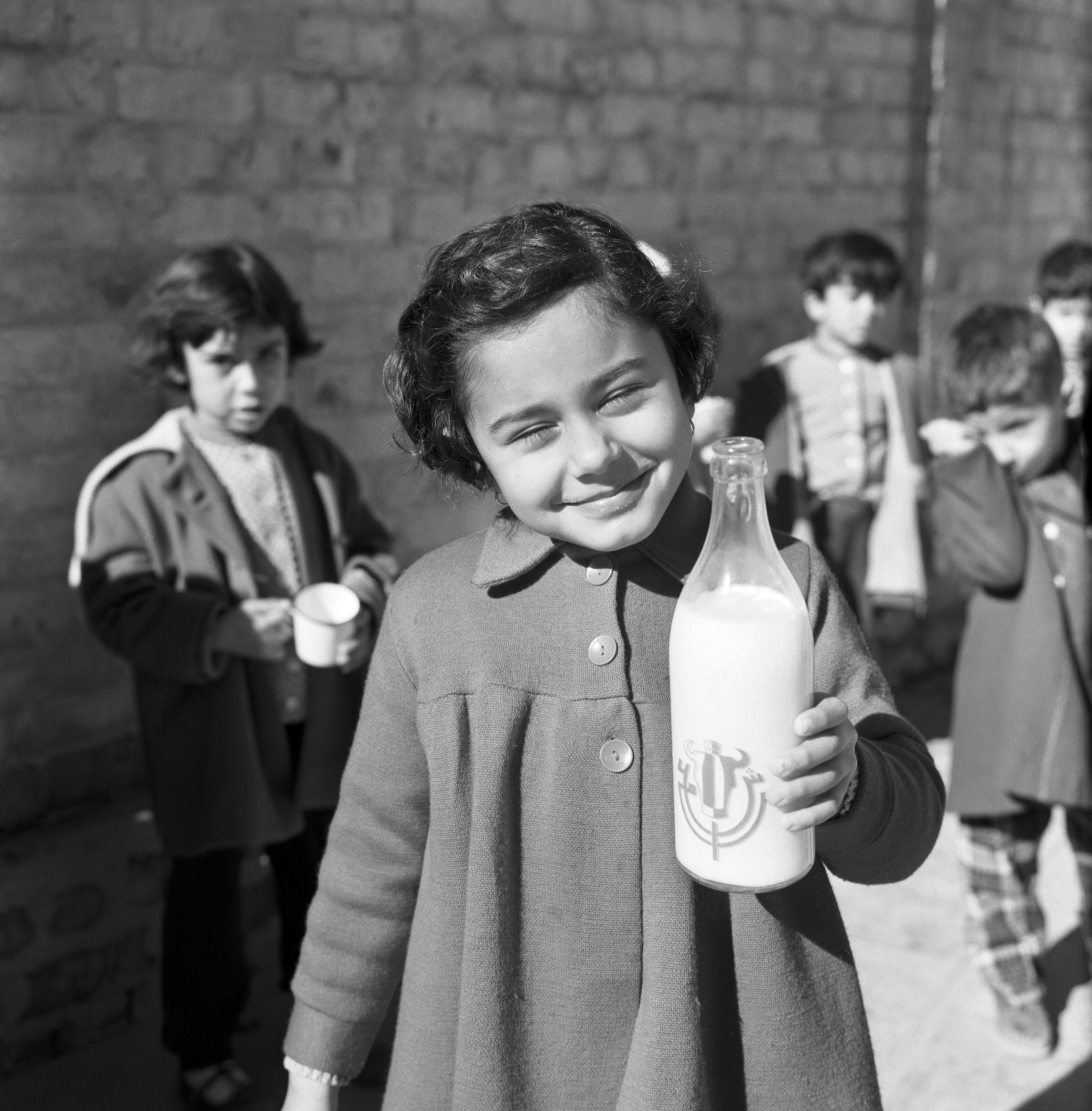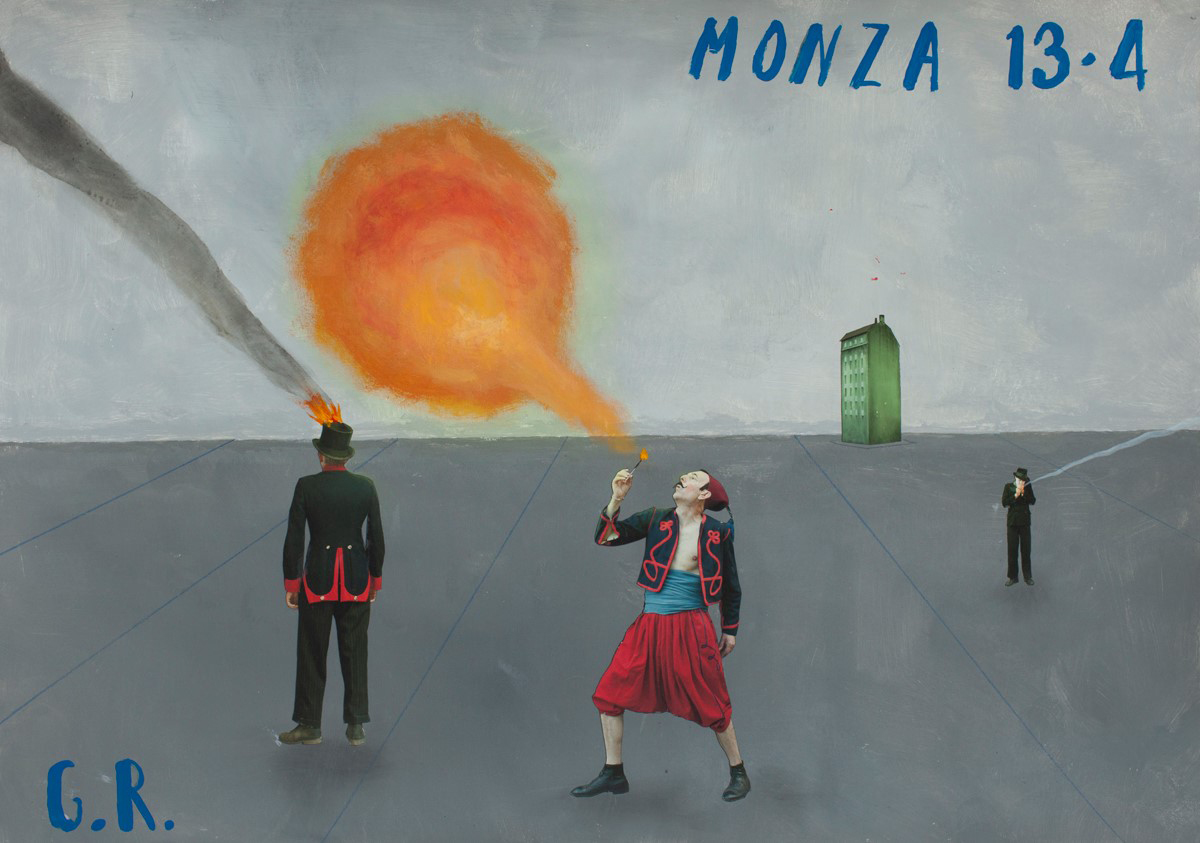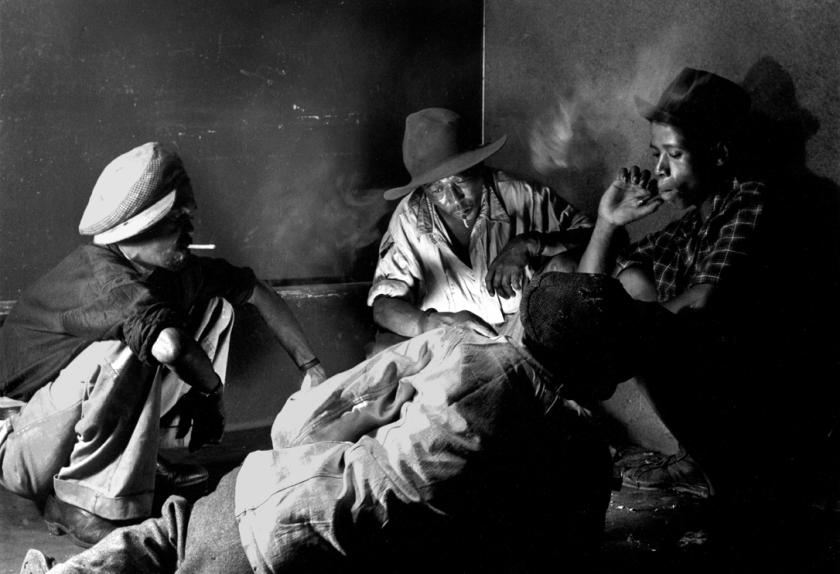Paris Photo 2021 was a wonderful show. Back after the pandemic it was moved to the Grand Palais Éphémère, a temporary structure built to host major art exhibitions while the Grand Palais itself is modernised in preparation for the 2024 Olympics. There were 178 exhibitors at the Grand Palais from 29 countries, 19 solo shows and 8 duo shows. There were thousands of images on display.
Paris Photo is conceived on a grander scale than say, Photo London. The French love photography and between Paris Photo, the Rencontres d’Arles and other major shows, such as the Walther collection currently at the Jeu de Paume, they do it more justice than we do. Paris Photo is a selling fair, but the fact that so many exhibitors chose to show only one or two photographers made it more of a curated experience. Thankfully there were fewer nudes and safari animals on display than in other fairs – fewer "tits and tusks" as they say in the trade.
Photography has for many years been the poor relation to the other visual arts. Any major town has an art gallery, but very few have galleries devoted to photography. It was traditionally thought that this mechanical medium should take second place to images invented by the hand and brain of the artist. But photography can do one thing that the other visual arts cannot – it can record a verifiable image of the real world. At the press of a button the photographer can convert the here and now into the there and then, and the power of a great photograph comes in part because the events captured by the machine actually happened and the photographer, through his or her skill, is showing us something that we might have seen for ourselves, had we been there with eyes to see.
 Since the beginning of photography artists have manipulated the image – in the camera through double exposure, in the darkroom and now on the computer. There is a spectrum from so-called "straight" photography to the purest invention. The pictures shown at Paris Photo covered the range, but many stayed firmly within the limitations of photography as a recording medium. As you wandered through the Grand Palais the images came at you from all sides. Pictures by Jurgen Schadeberg (Bonne Esperance, Paris) showed South African daily life in the Fifties and Sixties (main image: Jurgen Schadeberg, 'The Gambling Quartet, Sophiatown', 1959). Strong in themselves, but made more vital and historic by the background of apartheid and injustice. Herbert List (Karsten Greve, Paris), the "photographer of silence" – a gay, Jewish refugee from Hitler – showed images of classical Greece and Italy from the Fifties, surreal in their clarity, with occasional homoeroticism. Latif Al Ani (Isabella van den Eynde, Dubai) took pictures of daily life in Iraq (Pictured above right: Latif Al Ani, "School lunch, state primary school, Baghdad", 1961) . Much of his work was lost in the US-led invasion.
Since the beginning of photography artists have manipulated the image – in the camera through double exposure, in the darkroom and now on the computer. There is a spectrum from so-called "straight" photography to the purest invention. The pictures shown at Paris Photo covered the range, but many stayed firmly within the limitations of photography as a recording medium. As you wandered through the Grand Palais the images came at you from all sides. Pictures by Jurgen Schadeberg (Bonne Esperance, Paris) showed South African daily life in the Fifties and Sixties (main image: Jurgen Schadeberg, 'The Gambling Quartet, Sophiatown', 1959). Strong in themselves, but made more vital and historic by the background of apartheid and injustice. Herbert List (Karsten Greve, Paris), the "photographer of silence" – a gay, Jewish refugee from Hitler – showed images of classical Greece and Italy from the Fifties, surreal in their clarity, with occasional homoeroticism. Latif Al Ani (Isabella van den Eynde, Dubai) took pictures of daily life in Iraq (Pictured above right: Latif Al Ani, "School lunch, state primary school, Baghdad", 1961) . Much of his work was lost in the US-led invasion.
Moving towards invention Cy Twombly (Gagosian, Paris) showed subtly distorted Polaroids of natural subjects such as flowers and trees, Alexey Titarenko (Nailya Alexander, New York) a series of collages and photomontages describing the absurd Soviet reality and Paula Ventura (Galerie XII, Paris) images of circus and surreal landscapes (Pictured below: Paolo Ventura, G.R Monza, 2019). Some of these pictures could be created in other media and after Paris Photo a trip to the Fondation Louis Vuitton to see the Morozov collection was a reminder of the depth, texture and staying power of oil paint, for example. But it is a mistake to think that this is a competition. It is a choice, and photography can bring a type of luminosity and a wealth of convincing detail to the image. It is the art of our time. At Paris Photo there were gems everywhere you looked. The Americans stood out as usual – the images of Irving Penn, Richard Avedon and Helen Levitt still leaped from the walls. Sirkka-Lisa Kontinnen (L Parker Stephenson, New York) showed compelling pictures of the North of England.
At Paris Photo there were gems everywhere you looked. The Americans stood out as usual – the images of Irving Penn, Richard Avedon and Helen Levitt still leaped from the walls. Sirkka-Lisa Kontinnen (L Parker Stephenson, New York) showed compelling pictures of the North of England.
Craft matters. The quality of the printing added greatly to Penn and List but for some others, not so much.
There were Black photographers such as James Barnor (Galerie Clémentine de la Féronnière, Paris), Zanele Muholi (Delpire & Co, Yancey Richardson and Stevenson Gallery) and Seydou Keita (Nathalie Obadia, Paris) and the Michael Hoppen Gallery had some fine vintage Japanese prints, but around two-thirds of the galleries exhibiting at the show were from Europe and the overall tone of the show was European. It would have been good to see more photography from Africa and Asia but in the end we should be grateful for what we got. At the opening there was a sense of joy and festival. Despite the masks and the vaccination checks, Paris Photo is back. Photography is back. We should thank the organisers and the exhibitors for this superb fair.
- Photo Paris 2021 was at the Grand Palais Éphémère, Paris from 11-14th November 2021
- Read more visual arts reviews on theartsdesk










![SEX MONEY RACE RELIGION [2016] by Gilbert and George. Installation shot of Gilbert & George 21ST CENTURY PICTURES Hayward Gallery](/sites/default/files/styles/thumbnail_125_x_125_/public/mastimages/Gilbert%20%26%20George_%2021ST%20CENTURY%20PICTURES.%20SEX%20MONEY%20RACE%20RELIGION%20%5B2016%5D.%20Photo_%20Mark%20Blower.%20Courtesy%20of%20the%20Gilbert%20%26%20George%20and%20the%20Hayward%20Gallery._0.jpg?itok=3oW-Y84i)




Add comment